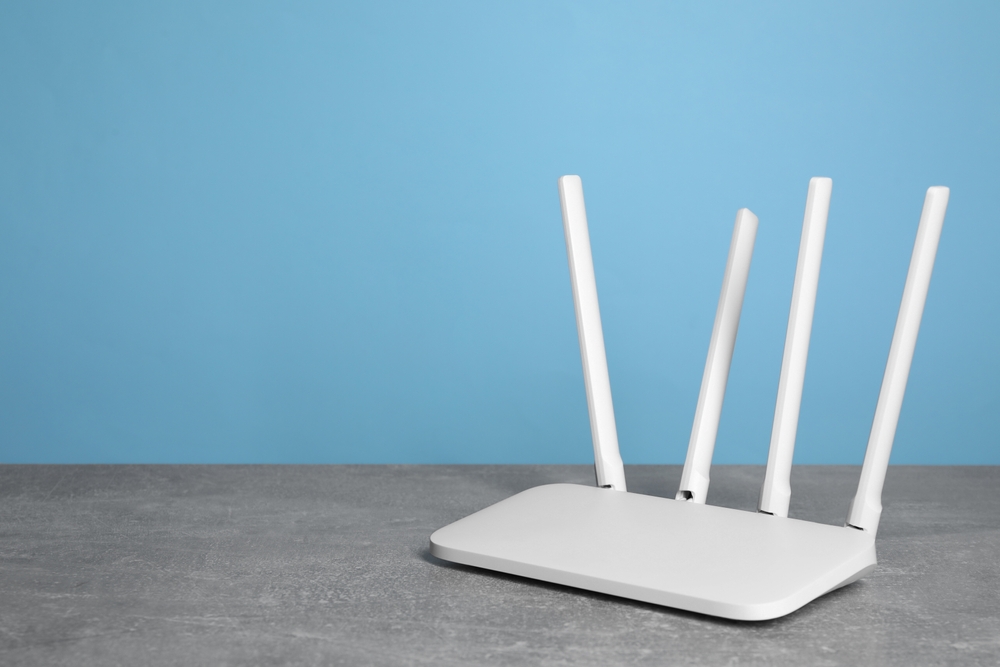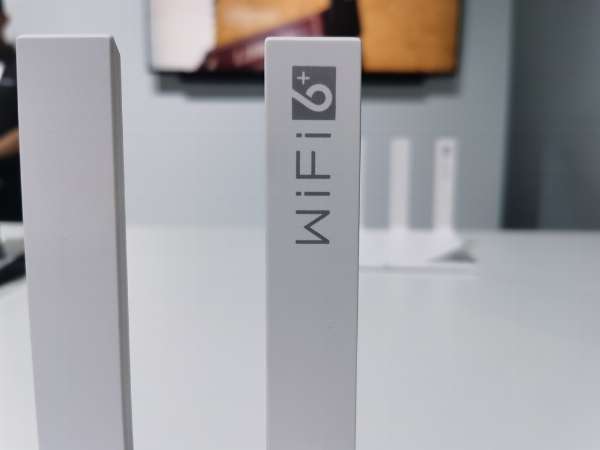There’s no way around it: Wireless internet isn’t the newest thing anymore. Wi-Fi technology has been around for long enough that multiple generations of Wi-Fi hardware are floating about, each with different technical specifications and complicated names. Instead of continuing to utilize the confusing old terminology, the Wi-Fi standards have been renamed Wi-Fi 5, Wi-Fi 6, and Wi-Fi 7.
Great. The numbers are easier to track the progression of, but what do they mean? Which one best suits your home network needs?
Wi-Fi 5
Wi-Fi 5 devices are the fifth generation of wireless hardware. Released in 2014, Wi-Fi 5 broadcasts a local network on the 5 GHz band, which is less congested than the 2.4 GHz band that Wi-Fi 4 used beforehand.
In addition to using a less populated band, Wi-Fi 5 is capable of a higher network speed. Wi-Fi 5 is theoretically capable of a 6.9 Gbps connection. The channel width is also increased, meaning up to four users can effectively use the network at once. At first glance, Wi-Fi 5 still appears to hold up to many households’ network needs.
The 5 GHz band comes with a few compromises, as 5 GHz signals travel shorter distances than 2.4 GHz signals, so you might need to rely on a mesh network or repeater if you need your wireless network to stretch long distances. Devices that function on the 2.4 GHz band will struggle on the 5 GHz band. Lastly, the initial installation cost might be high.
Wi-Fi 6
If you’re familiar with the old 802.11ax standard (Pfft, aren’t we all?), you’ll want to start looking for Wi-Fi 6 instead. Wi-Fi 6 is high-efficiency Wi-Fi designed for heavy network loads in dense environments like office buildings, public areas, or densely packed housing units. It uses both the 2.4 GHz and 5 GHz bands, meaning both older and newer devices can operate as intended.
Some newer cars have technology that turns off the engine when the car comes to a halt. The Wi-Fi 6 network does the same thing with your network connection, saving your device’s battery the same way your car might save gas.
The 6.9 Gbps that Wi-Fi 5 offers is already fast, but Wi-Fi 6 is even faster — nearly 40 percent faster at 9.6 Gbps. The four devices that Wi-Fi 5 can support are dwarfed by the eight to 12 devices that Wi-Fi 6 networks can handle. With the increased number of devices comes the increased need for network security, which Wi-Fi 6 networks are capable of since they use WPA, WPA2, and WPA3 security protocols. WPA3 facilitates multifactor authentication and QR codes that connect devices directly to the wireless network.
All these bells and whistles come at a cost, however, in terms of price and functionality. Wi-Fi 6-capable routers are expensive, and the 6 GHz band, like the 5 GHz band, can travel only short distances. Large homes might need a repeater or a mesh network.
Wi-Fi 6E

In addition to the 2.4 GHz and 5 GHz bands, Wi-Fi 6E networks can broadcast on an even less crowded 6 GHz band. Because of the extra band, Wi-Fi 6E networks can take even more devices simultaneously. Most places that would benefit from a Wi-Fi 6 network would also benefit from Wi-Fi 6E access; the more densely populated the area is, the more it would benefit from the additional wireless band.
When Do I Need Wi-Fi 6 or Wi-Fi 6E?
If you have a highly connected smart home or multiple users with multiple devices, you could benefit from the additional capabilities of a Wi-Fi 6 or Wi-Fi 6E network. If you’re an early adopter of the latest tech, you might have multiple devices that are Wi-Fi 6 or 6E compatible already. If you don’t upgrade until you need to, needing Wi-Fi 6 or 6E compatibility might be a reason to upgrade.
Wi-Fi 7
If the cutting-edge tech offered by Wi-Fi 6 or 6E isn’t sharp enough, you’re in luck. Early 2023 will see the start of Wi-Fi 7-capable product availability. Wi-Fi 7 is up to four times as fast as the already lightning-fast Wi-Fi 6, promises lower latency, and can handle even more devices connected at once. This means Wi-Fi 7 networks could reach network speeds over 40 Gbps — wirelessly.
Like Wi-Fi 6, Wi-Fi 7 promises increases in network efficiency. It will also broadcast on 2.4 GHz, 5 GHz, and 6 GHz bands, and allow devices to communicate over multiple bands simultaneously to increase network speed even more.
When Do I Need Wi-Fi 7?
If you are an early adopter, then Wi-Fi 7 is likely already on your wishlist. The most densely populated networks in the most densely populated areas will benefit from the increased capabilities of Wi-Fi 7. Still, for most households, it seems overkill since they won’t need all that speed.


